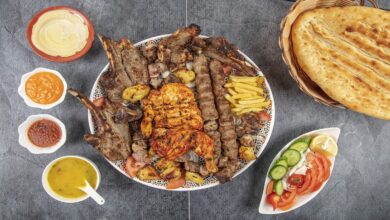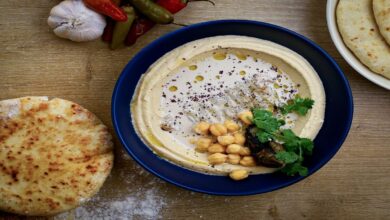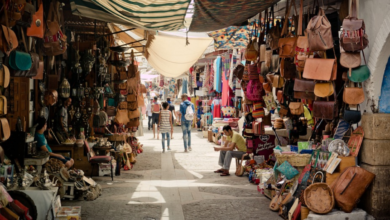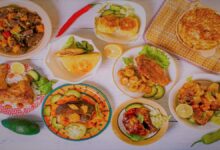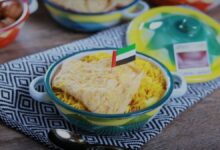5 Secrets You Didn’t Know About the Falafel Sandwich and Its Origin
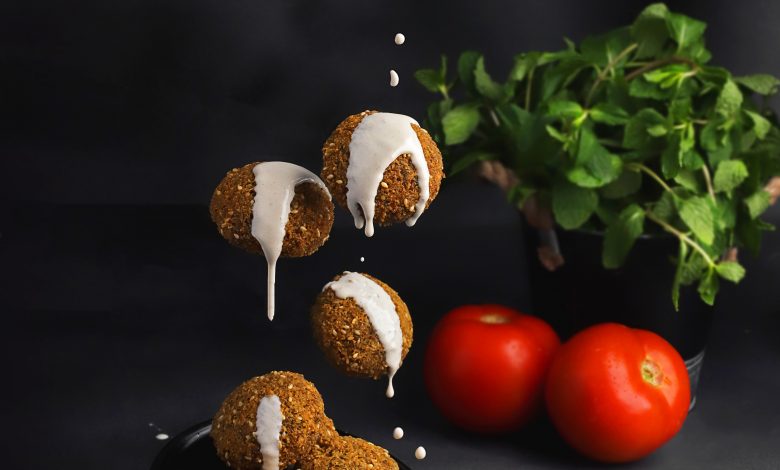
Whatever you call it, whether “ta’meya” or “falafel”, you definitely ate it one day in a Middle Eastern restaurant.
The falafel sandwich, with green or tahini salad, will always be part of the Egyptian table, especially at breakfast.
It appeals to all classes in Egypt as it’s one of the cheapest and tastiest dishes. Not to mention its health benefits as it’s made from legumes and vegetables.
Knows Arabic? Click here to read the article in Arabic.
The origin of the falafel sandwich
Many countries in the Middle East disagreed over the falafel origin, but all documents confirm that it is of Egyptian origin.
The first to cook falafel were the ancient Egyptians. After getting to eating beans, they added to it some vegetables to make up the falafel we know today.
Inscriptions of falafel, found inside the Temple of the Valley of the Kings in Luxor, show guidelines for crushing the beans, adding the vegetables and cooking the falafel through frying it.
Over time, the Egyptians have mastered cooking the traditional falafel sandwich and went creative to even add extra ingredients such as chili and eggs.
Still, each city in Egypt has a special touch to add to the recipe. For example, only in Alexandria, bread crumbs are used in the dough.
For the secret of the distinctive color of falafel, as it’s green on the inside and brown on the outside, it lies in the various ingredients that give it a very unique taste.
Furthermore, the ingredients are; green coriander, fava beans, spices, leeks, onions and garlic.
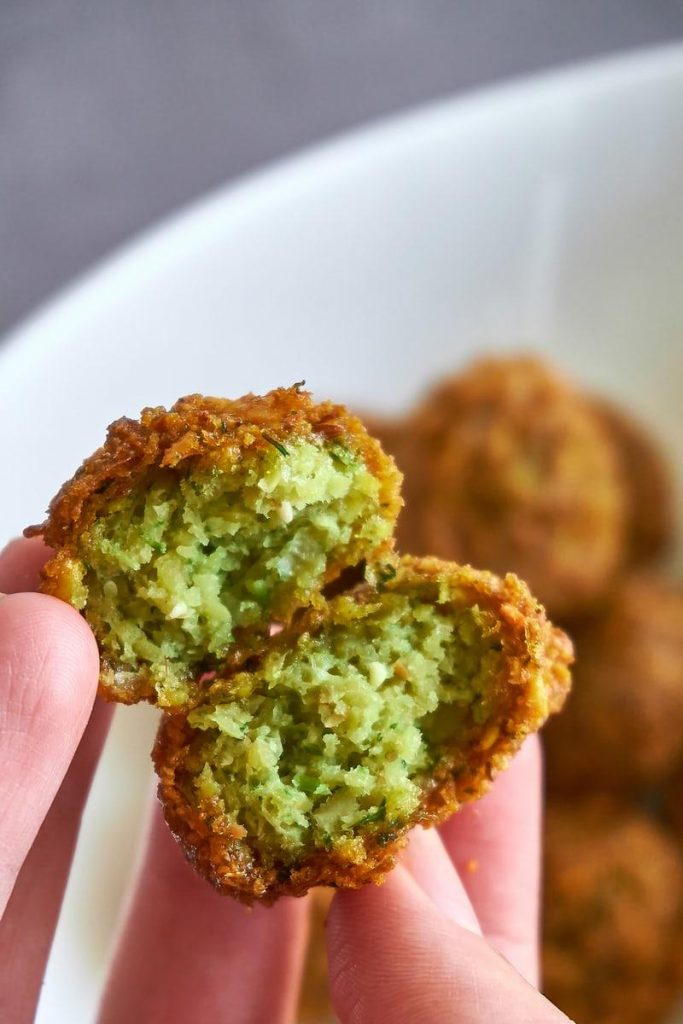
Disagreement over its origin
In the beginning, the conflict was between Egypt and the Levant (Palestine – Syria – Lebanon), Iraq and Yemen. Each country tried to prove that the falafel sandwich is part of its heritage.
Syrians believe that falafel, made from chickpeas and vegetables, is part of their heritage dating back more than 4000 years ago.
Palestinians also hold the same belief, that the origin of falafel, fried in olive oil, belongs to them. As for Yemenis and Iraqis, they tried to confirm that it appeared in Mesopotamia.
Finally, the Lebanese tried to attribute the falafel, made from chickpeas and beans, to their heritage.
Settlement of the debate
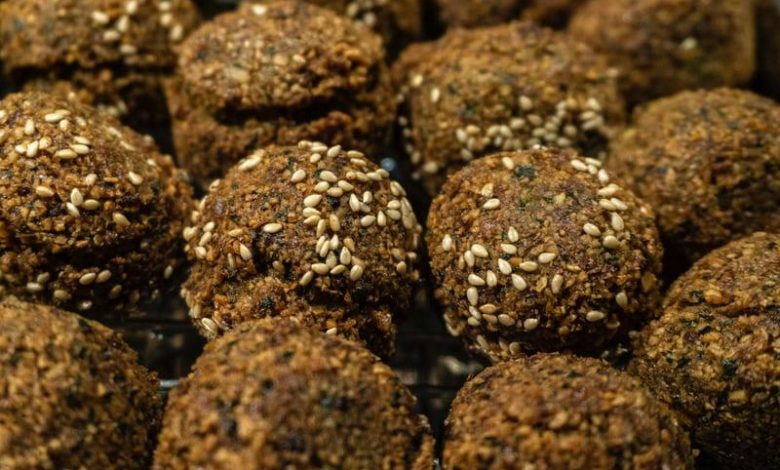
In 2016, it was determined by the United Nations to be the year of legumes. Therefore, the International Federation organized a special falafel festival in London. The festival was attended by many of the falafel sandwich makers in the world, to compete against each other for the best recipe for preparing falafel.
Here, historians have declared that falafel is of Egyptian origin, and the ancient Egyptians are the first to cook it.
The historians have proven that the Copts had inherited the falafel sandwich recipe from their ancestors, the ancient Egyptians, and ate ta’meya.
During the first centuries of Christianity in Egypt, the Copts relied during the months of fasting on the falafel sandwich as it’s devoid of meat, and considered a vegetarian dish.
They called it “Fa-la-fel” which means “the one with much fava beans”. Hence, the name proves its origin, as in Egypt, it is made from fava beans, not chickpeas, or a mixture of both like how it’s cooked in the Levant countries.
Ta’meya
Falafel, the Egyptian name, has spread to Greece, Brazil, America, and most Arab countries. Another name is “Bulbal”, meaning the round thing in the Persian language.
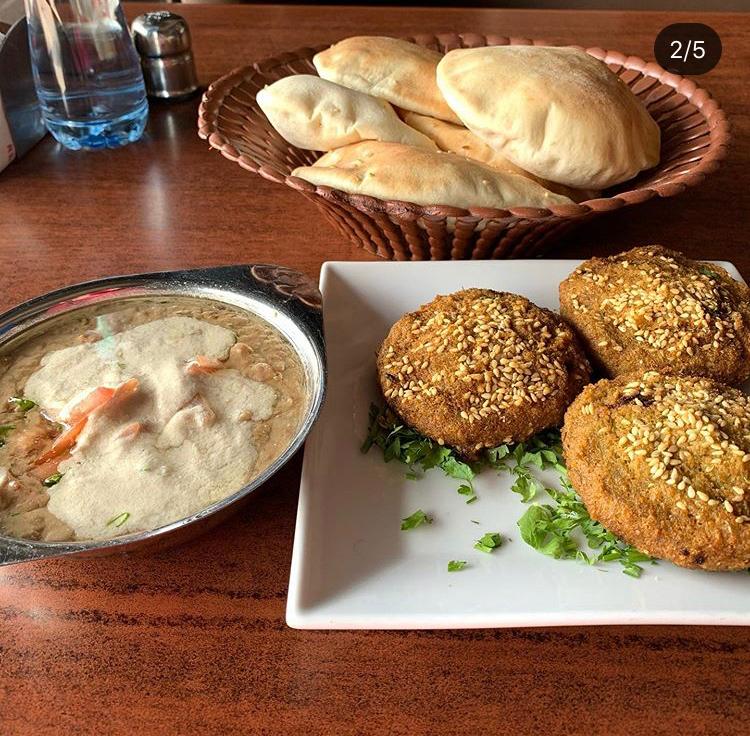
In Egypt and Sudan, it was called “ta’meya” coming from the word “t’aam” meaning in English “food”.
In Alexandria along with the Levant countries, it’s still called “falafel”, while in Yemen it’s called “bagiya”.
Within Egypt, its name differs from the Northside, calling it falafel, and the Southside and Cairo calling ta’meya.
Egyptian falafel with eggs
After completing the ta’meya mixture with beans and vegetables, add the grated eggs, form large discs, decorate with sesame, then fry as usual.
In Syria
The falafel sandwich is famous for its distinctive taste in Syria and Jordan.
First, the chickpeas (without beans) are filtered from the soaking water and crushed in a meat grinder or an electric mixer. The grinding process is repeated more than once, to get soft chickpeas.
While grinding, add the other ingredients (onions, garlic, parsley). Upon finishing the grinding process, place the mixture in a bowl and mix well. Then, add the spices (cumin, black pepper, dried coriander and table salt).
Make sure to dissolve bicarbonate in half a cup of water, then pour it over the ingredients as mixing. A special mold could also be used to shape and fry the falafel pieces.
Add a little sumac or sesame to the falafel pieces after frying them, and eat the falafel sandwich with pickles.
Not only do the ingredients differ from one city to another, but also there’s still development going on to the shape and recipes of falafel.
In Saudi Arabia
The falafel sandwich is also famous in Saudi Arabia where the falafel is made from chickpeas with the addition of parsley, cilantro, salt, cumin and pepper (onions is optional).
First, the chickpeas are soaked in water for a day or more, then chopped along with the rest of the ingredients and fried.
In Iraq
The chickpeas are soaked in water for a about 12 hours, then filtered and put in a meat grinder along with a few onions and garlic. After that, add the spices and the bicarbonate to the mix to be fried.
The Iraqi a’amya are put on the top of the falafel sandwich (rolls) and cooked in the Iraqi stone samoon.
Moreover, Syria follows a similar recipe except for the a’amay and samoon parts.
A’amay and samoon distinguish the Iraqi recipe from the Levant’s to be the most common fast-food meal in Iraq for both its delicious taste and affordable price.
In Palestine
The falafel is made from chickpeas or peas, mixed with parsley and hot sauce, then fried in oil using metal molds, and placed in the sandwich. Chickpeas, beans, or other salads are added to the sandwich.
Falafel sandwiches are served in different restaurants across the cities of Palestine, and also cooked at homes as a popular dish.
In Lebanon
Falafel is made in Lebanon from a mixture of chickpeas, fava beans and spices. The mixture is then rolled using the special falafel mold, fried in a bowl of boiling oil, pulled out when cooked and dried from oil.
How to make falafel dough

The ingredients:
- Half a kilo of crushed fava beans
- Four leek bundles
- Two large onions
- One green pepper
- A bunch of green coriander
- 10 cloves of garlic
How to prepare:
1. The beans should be soaked for a full night or from 6 to 8 hours, then washed out.
2. Cut the pepper, onions and leeks into small pieces. The coriander is chopped and then added to the beans, while the garlic is added whole grains after peeling.
3. Crush the mixture with a traditional meat grinder, then filter the water and freeze it.
4. When frying the falafel, the spices are added, which are: salt (as desired), a sprinkle of sodium bicarbonate and soft, dry coriander (as desired).
5. Coriander grains should be heated for 5 minutes, then added with the spices to the dough and fried in hot oil.
In conclusion, we hope that you’re now familiar with the origin of falafel, and its recipes.
Also, click here to read about the origin of the fattoush salad.


